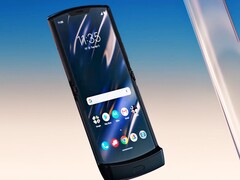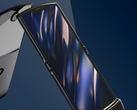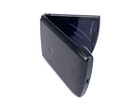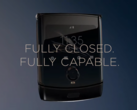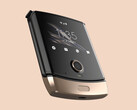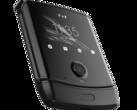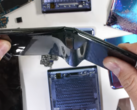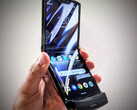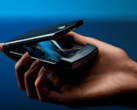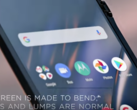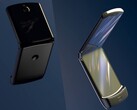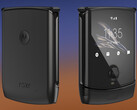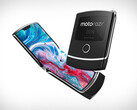Yesterday, reports of Motorola's new Razr clamshell-style foldable failing woefully at CNET's folding test filled the headlines of tech media. In fact, I published a piece on that very report over 24 hours ago, with the headline "Big oof: The Motorola Razr shows awful durability as it fails folding test".
I may have jumped the gun.
Indeed, the new Razr did fail at that test. It only managed to get 27,000 folds before its folding mechanism lost optimal structural integrity. That cannot be denied. The problem, however, lies with the methodology of the test itself.
Taking a close look at CNET's FoldBot in action reveals one major flaw with the test: The phone wasn't being folded all the way. Replaying in slow-motion shows that the phone was folded just about 40-50% of the way most of the time, and only rarely got to 80% of full fold. That's important, as the Razr has a tipping point at which it snaps shut. Failing to reach that point in most folds puts the phone at way more strain than it would experience in real-world use cases.
There's also the issue of the arms of the FoldBot not appearing to be completely aligned. That would mean the Razr was always being folded at an angle. Not an issue with organic use cases, as that angle would change with every fold, but having the phone at that same angle for thousands of folds places more tension on the hinge.
CNET's report on the video also reads:
The FoldBot was originally created to open and close the Galaxy Fold repeatedly, thousands of times over.
SquareTrade modified the FoldBot to accommodate the new Razr, and it's been gracious enough to let us borrow it again, even before the company gets to test the Razr itself.
The FoldBot was not designed to test the Razr, and using it as a comparative benchmark is pointless.
Most important, however, is the folding speed. The FoldBot folded and unfolded the Razr roughly twice every second. That, coupled with the sub-optimal angle, was sure to have introduced more stress in the phone's hinge. Friction is a massive factor in the lifespan of a mechanism such as the one on the Motorola Razr.
Motorola has recently published its own video in an attempt to prove CNET wrong. "The real razr flip test - flip for years" the video title reads, and shows the Razr being tested by a completely different machine. While CNET's test failed at simulating real-life usage due to overly harsh conditions, I'm of the opinion that Motorola's test fails just as much, this time due to patronizingly lenient parameters. Surely no one would use the Razr as carefully as Motorola's machine does?
Yes, the Motorola Razr failed CNET's test, recording just over 27,000 reliable folds, as opposed to the Galaxy Fold's 120,000. But all that tells us is that, at that particular test, under those unique conditions, the Motorola Razr is a much less durable phone than the Galaxy Fold. And that doesn't count for much.
That is not to say that the Razr is a durable phone, though. Especially since multiple users have come out with evidence of the phone's hinge creaking precariously. In fact, the Motorola Razr may be just as poorly built as CNET's test would imply, but more proof is required before that conclusion is reached, and the aforementioned test should not stand as conclusive evidence of any sort.




